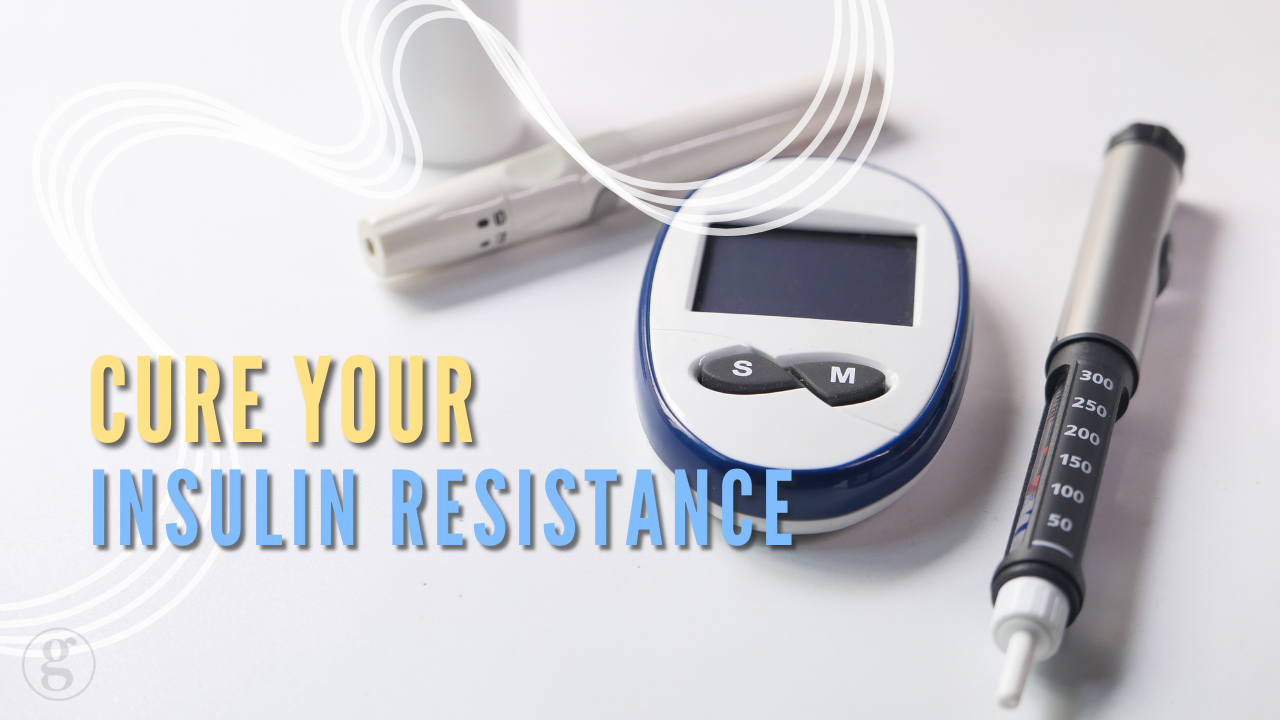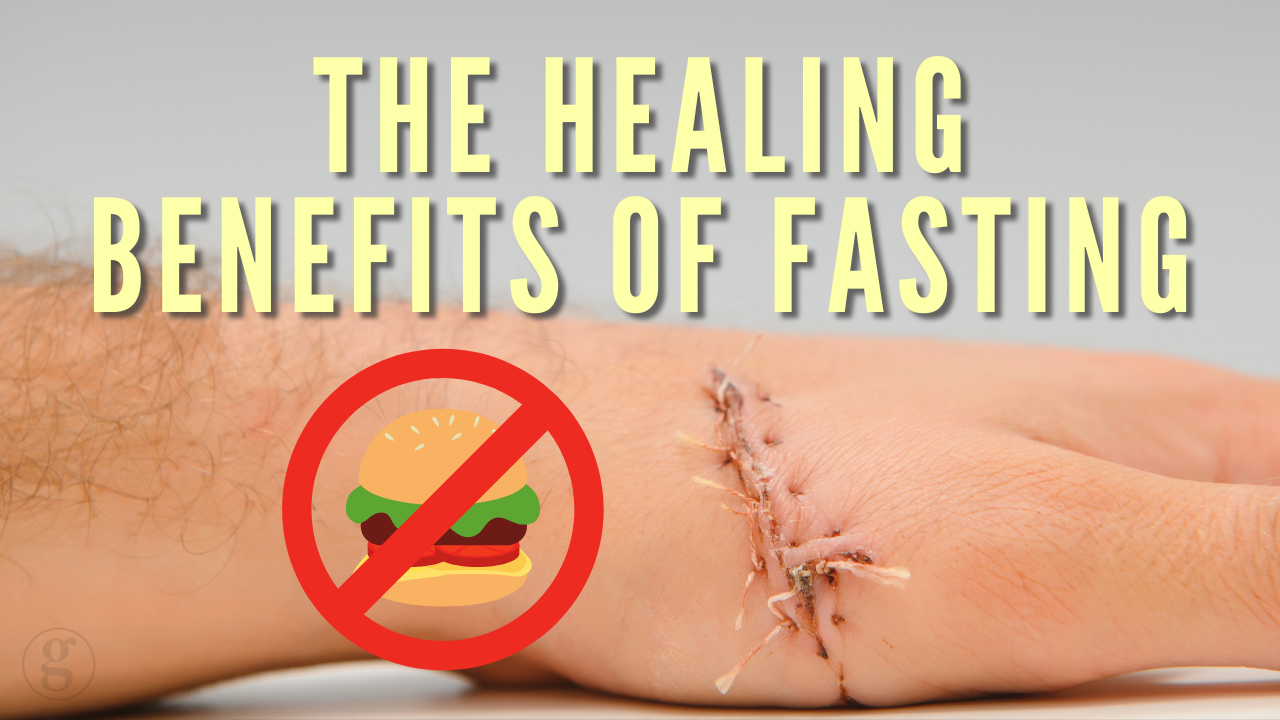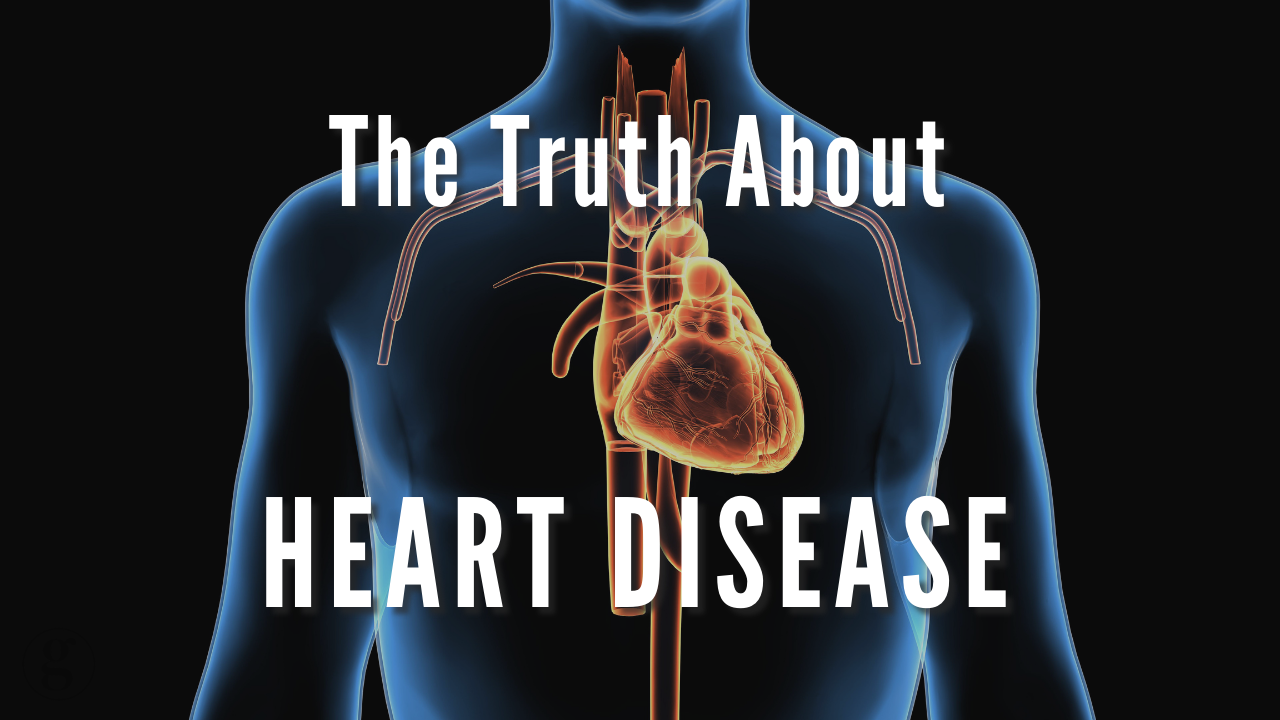Cure Your Insulin Resistance

According to the CDC, 100 million Americans—one-third of the population—have diabetes or prediabetes. Many people mistakenly believe that prediabetes is merely a precursor to disease, but this is incorrect. Prediabetes is a disease. An additional 100 million Americans are insulin resistant, meaning only 12% of the U.S. population is metabolically healthy.
These statistics were collected before the pandemic, and experts believe the situation has worsened, particularly among younger generations. The troubling reality is that the youngest Americans, who should be the healthiest, are now more at risk than ever before.
What Is Insulin Resistance, and Why Does It Matter?
Insulin resistance develops long before a diagnosis of prediabetes. It can lead to a range of symptoms, including:
- Fatigue
- Sleepiness after meals
- Sugar cravings shortly after eating a full meal
- Unexplained weight gain and fat storage
- Increased testosterone in women and increased estrogen in men
- Decreased testosterone in men
- Chronic inflammation and pain
Insulin resistance occurs when insulin—a hormone produced by the pancreas to help regulate blood sugar—becomes less effective due to repeated and excessive use. Normally, insulin removes sugar (carbohydrates) from the bloodstream and directs it to safe storage sites like muscles and the liver. However, when insulin resistance develops, this process becomes impaired.
As a result, excess sugar and carbohydrates remain in the bloodstream, causing damage that leads to conditions like prediabetes, diabetes, fatty liver disease, obesity, heart disease, arthritis, Alzheimer’s, and even cancer.
How Insulin Resistance Works
Think of insulin as a key that unlocks the door to muscle and liver cells, allowing sugar to enter and be used for energy or stored safely. When insulin resistance occurs, the key (insulin) no longer works properly, and the door (cell receptors) does not open. However, there is another way to unlock this door: resistance exercise (weight lifting).
When you engage in weight training, your muscles contract under load, forcing them to take in sugar and carbohydrates from the bloodstream even when insulin is ineffective. Over time, regular resistance exercise helps restore insulin sensitivity, reversing insulin resistance and improving overall metabolic health.
Strategies to Improve Insulin Sensitivity
The best approach to addressing insulin resistance is to improve how muscle and liver cells respond to insulin. This can be achieved through:
- Zone 2 exercise (moderate-intensity aerobic exercise)
- Time-restricted eating (intermittent fasting)—eating meals within a more limited time window
- A Paleo-style diet—low carbohydrate, high fat, and moderate-to-high protein intake
- Resistance training—stimulating muscles with weightlifting or bodyweight exercises
The Role of Resistance Training
Resistance training involves applying a load to your muscles, ideally targeting large muscle groups such as the chest, shoulders, back, thighs, and glutes. This can be done using weights, resistance bands, or body weight. If you’re new to resistance training, working with a trainer is recommended to ensure proper form and avoid injury.
Rather than focusing on body fat accumulation, a more effective health metric may be lean muscle mass percentage. Maintaining and even increasing muscle mass should be a primary goal for health and longevity.
Why Muscle Is Your Best Defense
Muscles serve as your protection and armor against injury, disease, and aging. Strong, well-maintained muscles contribute to:
- Faster recovery from injuries
- Improved immune function
- Reduced inflammation
By prioritizing muscle health through diet, exercise, and strategic lifestyle changes, you can reverse insulin resistance, protect metabolic health, and enhance overall well-being.
Want to learn more about optimizing your health and longevity? Visit our Blog Home Page for more expert insights. If you’re interested in working directly with Dr. G to see if you’re an ideal client, you can explore more here. Additionally, take a look at Dr. G’s supplement line for products designed to support your metabolic health at Cyrene Labs (Cyrene labs products are only available through licensed providers).
References
- Petersen, M. C., & Shulman, G. I. (2018). Mechanisms of insulin action and insulin resistance. Physiological Reviews, 98(4), 2133–2223. https://doi.org/10.1152/physrev.00063.2017
- DeFronzo, R. A., Ferrannini, E., Groop, L., Henry, R. R., Herman, W. H., Holst, J. J., & Weiss, R. (2015). Type 2 diabetes mellitus. Nature Reviews Disease Primers, 1, 15019. https://doi.org/10.1038/nrdp.2015.19
- Hawley, J. A., Hargreaves, M., Joyner, M. J., & Zierath, J. R. (2014). Integrative biology of exercise and insulin resistance. Cell Metabolism, 20(6), 969–979. https://doi.org/10.1016/j.cmet.2014.09.017
- Church, T. S., Earnest, C. P., Skinner, J. S., & Blair, S. N. (2007). Effects of different doses of physical activity on cardiorespiratory fitness among sedentary, overweight or obese postmenopausal women with elevated blood pressure. JAMA, 297(19), 2081–2091. https://doi.org/10.1001/jama.297.19.2081



